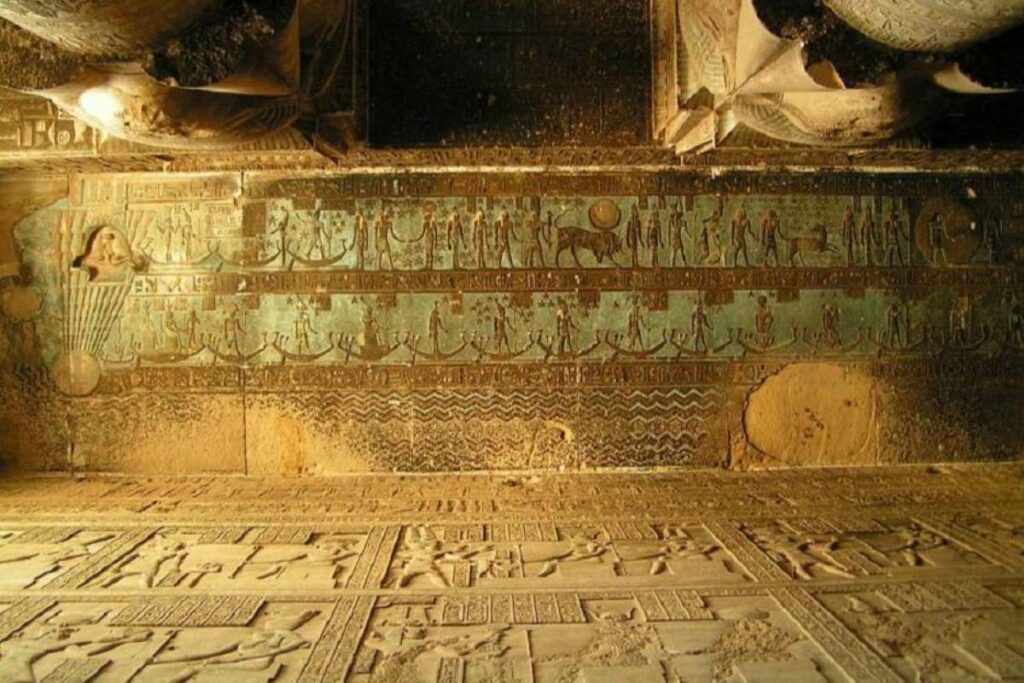Temple of Hatshepsut
Deir el-Bahari Temple, or as it is called the Mortuary Temple or the Temple of Hatshepsut, as this temple is distinguished by its distinctive and special design compared to the rest of the Egyptian temples, due to its distinctive location in the lap of the mountain on the western bank of the Nile River in Luxor Governorate in southern Egypt.






